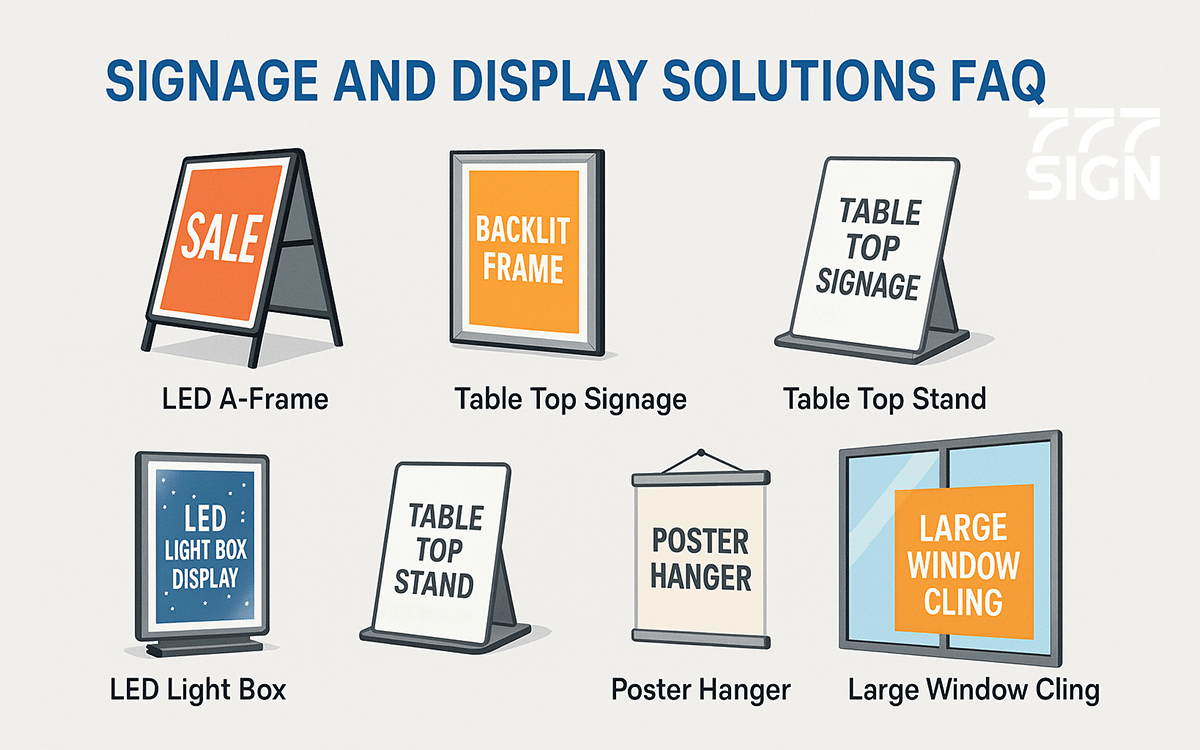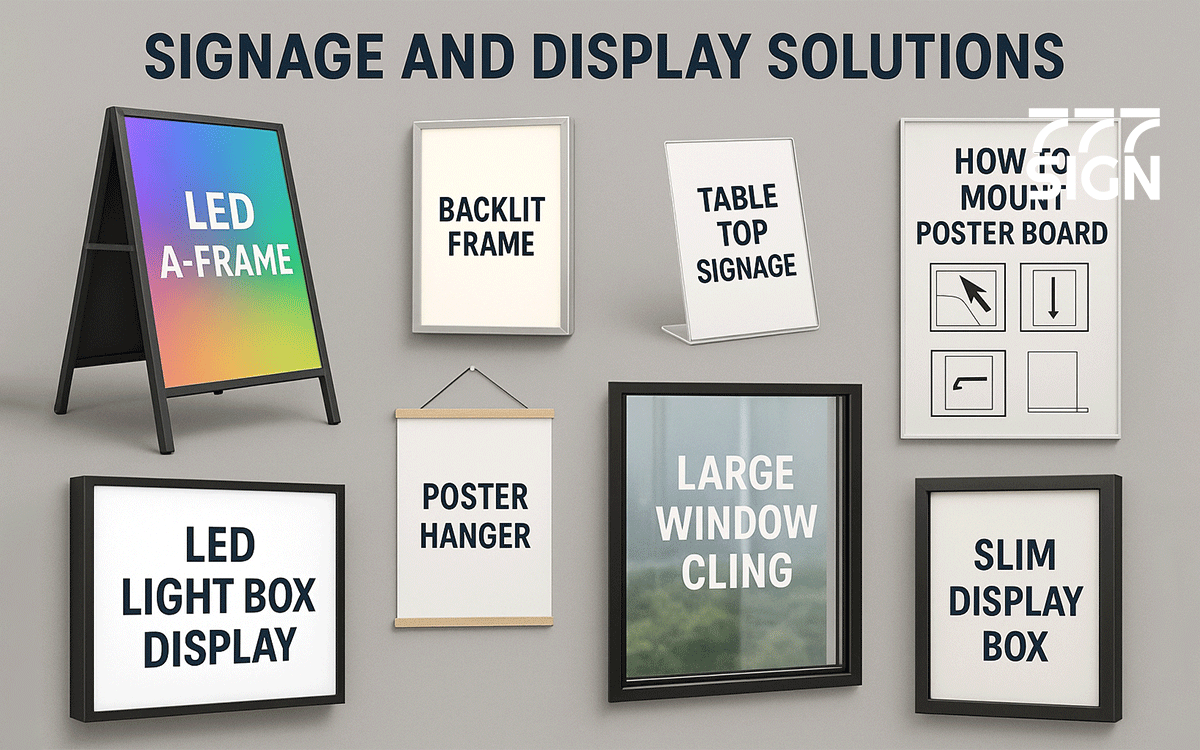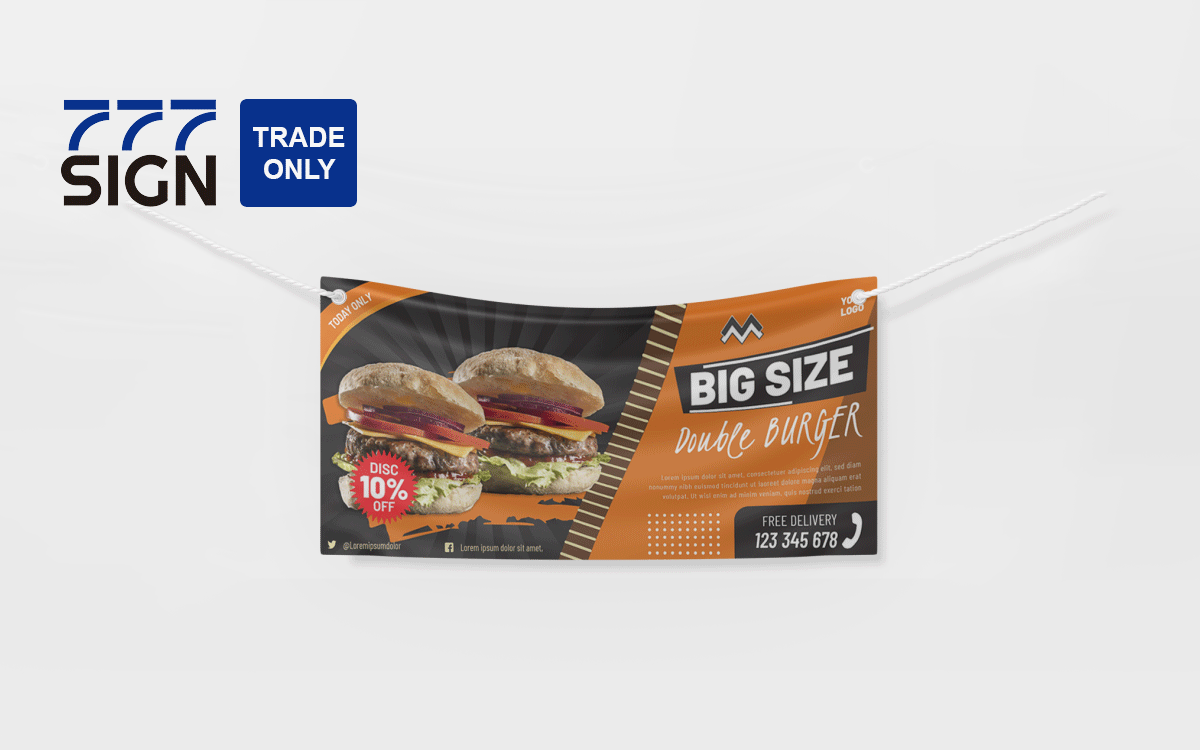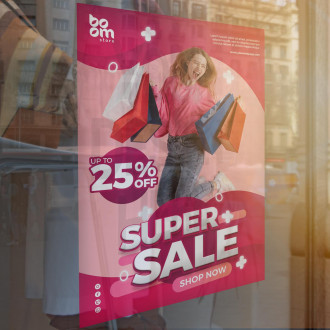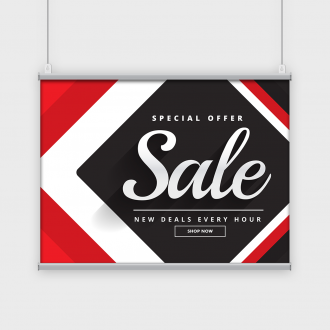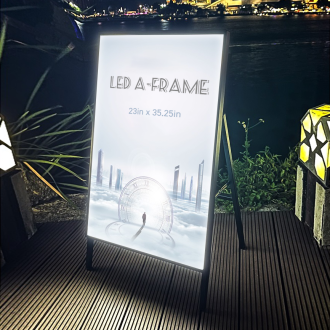At 777sign, we are committed to providing high - quality sign - making solutions. If you'd like to learn more about our products and services, you can reach out to us. Our office is located at 4050 W. Harmon Ave # 3&4, Las Vegas, NV 89103. You can also give us a call at (702) 754 - 5052 or send an email to info@777sign.com.
You might also like
Unlock Your Business Potential with 777sign's Signage and Display Solutions part1
Unlock Your Business Potential with 777sign's Signage and Display Solutions part2
Signage and Display Solutions FAQ Part3
Signage and Display Solutions FAQ
Is digital signage expensive?
The cost of digital signage can vary widely based on several factors. The hardware, such as the display type (LCD, LED, OLED), size, and resolution, plays a significant role. For instance, a small-sized, basic-resolution LCD digital sign will be less costly compared to a large-format, high-definition LED display. The content management software, whether a basic, pre-installed-installed system or a more advanced, customizable software, also adds to the expense. Interactive digital signage, which requires touch - screen technology and more complex software development, is generally more expensive than non-interactive ones.
However, digital signage can be cost- effective compared to traditional signage in the long run. Traditional signage often needs to be replaced when the information changes, incurring reprinting and replacement costs. In contrast, digital signage allows for easy and instant content updates, eliminating these recurring costs. At 777sign, we offer a range of digital signage solutions to fit different budgets. Our entry-level digital signage options are affordable for small businesses, while our high-end, feature-rich systems are still competitively priced compared to similar products.
SEG display signage is a really great solution. It is not only cost - effective but also allows for quick replacement of printed patterns.
How much does signage cost for an event?
The cost of signage for an event depends on multiple elements. For a small, local event, if you're using simple tabletop signage or a few poster hangers, the cost could be relatively low, perhaps starting from as little as $50 for a basic set of tabletop signs. These are usually made from lightweight materials like cardboard or thin plastic.
The cost will increase if a larger event requires more substantial signage, such as large-format banners or custom-made display stands. A medium-sized vinyl banner (around 3x5 feet) can cost between $100 - $300, depending on the vinyl's quality, the printing's complexity, and any additional features like grommets or hemming. Custom-built display stands, like those made from metal or high-quality wood for a trade show booth, can range from $500 - $2000 or more, depending on their size, design, and functionality.
The cost for events that require digital signage, such as a large corporate conference with multiple digital displays, can start from a few thousand dollars. It includes the cost of the displays, the content management system, and any necessary installation and setup.
How much does outdoor signage cost?
Outdoor signage prices vary greatly depending on the type, material, and size. A basic outdoor vinyl banner, a popular and cost-effective option, can range from $50 for a small, simple one to several hundred dollars for a large, high-resolution, and weather-resistant banner. The price is influenced by factors like the quality of the vinyl (heavier-duty vinyl for long-term outdoor use will be more expensive), the complexity of the graphics (full-color, detailed prints cost more than single-color, simple designs), and the size (larger banners cost more per square foot).
The costs are higher if you're considering more permanent outdoor signage, like an LED light box display or a metal-framed sign. Depending on size and brightness, an LED light box display can cost anywhere from $500 for a small, basic model to $5000 or more for a large, high-quality, energy-efficient one. Metal-framed signs, especially those made from high-quality materials like aluminum or stainless steel and with custom finishes, can start at $1000 and go up significantly based on their design, size, and the amount of customization.
Installation also adds to the cost. Outdoor signage often requires professional installation to be properly mounted and withstand weather conditions. Installation costs can range from a few hundred dollars for a simple banner installation to over a thousand dollars for a complex, large-scale sign installation.
Is digital signage profitable?
Digital signage can be highly profitable for businesses. First, it significantly enhances brand visibility. By displaying eye-catching content in high-traffic areas, such as shopping malls, airports, or outside storefronts, it can reach a large number of potential customers. For example, a retail store using digital signage to showcase new products and special offers can attract more foot traffic, increasing sales.
Secondly, digital signage allows for targeted advertising. With the ability to update content in real-time, businesses can show relevant promotions based on the time of day, day of the week, or even the audience's demographics in a particular location. This personalized approach can increase the likelihood of customers making a purchase.
In addition, digital signage can reduce advertising costs in the long run. Instead of spending money on traditional, one-time-use advertising materials like flyers or posters, the same digital signage can display multiple messages over time. For instance, a restaurant can use digital signage to promote its daily specials, happy hour deals, and upcoming events without needing to print new materials each time. When used effectively, digital signage can increase brand awareness, customer engagement, and, ultimately, higher profits.
How much do digital signage specialists make?
The salary of digital signage specialists can vary based on several factors. In the United States, on average, digital signage specialists can earn between $40,000 - $80,000 per year. Entry - level positions, often held by those with little to no prior experience in the field but with relevant educational backgrounds in fields like graphic design, media, or technology, may start around $40,000. These individuals are typically responsible for content creation, basic installation, and minor system troubleshooting.
Mid-level digital signage specialists with a few years of experience and more in-depth knowledge of digital signage systems, content management software, and installation techniques can earn in the range of $50,000 - to $65,000. They may be in charge of more complex projects, such as designing and implementing digital signage solutions for medium-sized businesses, handling system integrations, and providing technical support.
Senior-level digital signage specialists with extensive experience, often 5 - 10 years or more, and expertise in areas like advanced content creation, large-scale project management, and strategic digital signage planning can earn upwards of $65,000, sometimes reaching \)80,000 or more. These professionals lead large-scale digital signage initiatives for major corporations or handle complex, high-profile projects. Additionally, factors such as the location (salaries are generally higher in major cities and regions with a high cost of living), the industry (tech-heavy industries may pay more), and the employer's size and budget can also impact the salary.
How do I turn my TV into digital signage?
Turning your TV into digital signage is straightforward with the right tools. First, you'll need a media player. It can be a dedicated digital signage media player, such as a Raspberry Pi with the appropriate software installed, or a streaming device like a Roku or Amazon Fire TV Stick.
For software, there are several options. Some free and open-source software like Screenly OSE (for Raspberry Pi) allows you to create and manage digital signage content. You can upload images, videos, and even web pages to be displayed on the TV. If you prefer a more user-friendly, feature-rich solution, paid software like Yodeck or Rise Vision can be used. These platforms offer remote content management, scheduling, and analytics features.
Once you have the media player and software set up, connect the media player to your TV using an HDMI cable. Configure the software according to your needs, such as setting up playlists, choosing the display layout, and scheduling when the content should be shown. You can then start uploading your digital signage content, whether it's promotional videos, product images, or important announcements, and your TV will function as a digital signage display.
How much does it cost to install digital signage?
The cost of installing digital signage depends on various aspects. The first major component is the labor cost. For a simple installation, such as mounting a single digital display on a wall in an easily accessible location, the labor cost can be around $100 - $300. it includes the time it takes for a professional installer to bring the necessary tools, mount the display securely, and connect any required cables.
However, the installation is more complex, for example, installing multiple digital signs in a large commercial space like a shopping mall or a corporate office with complex wiring requirements. In that case, the labor cost can increase significantly. In such cases, labor costs can range from $500 - $2000 or more, depending on the number of displays, the difficulty of the installation (such as installing in high-ceiling areas or through difficult-to-reach walls), and the required time.
In addition to labor, there are equipment costs. It may include mounting brackets, which can cost anywhere from $20 - $100 or more depending on the type (tilt-able, fixed, or full-motion) and the display size. Cables like HDMI or Ethernet cables also add to the cost. High-quality, long-length cables can cost $50 - $200 or more, depending on their length and specifications. More complex installations requiring additional hardware like signal boosters or distribution amplifiers can cost an additional $100 - $500 or more.
How much is signage for a small business?
For small businesses, the cost of signage can be quite flexible. If you're looking for basic, cost-effective options, a simple storefront vinyl banner can cost as little as $50 - $200, depending on its size and the complexity of the design. These banners promote sales, new products, or special events.
Tabletop signage, which is useful for in-store promotions or to provide information to customers, can start from around $20 - $50 per unit. You can use them to highlight daily specials, new arrivals, or loyalty programs.
If you want something more permanent, a basic aluminum-framed sign for your storefront, with a simple logo and text, can cost between $200 - $500. This type of sign is durable and can withstand various weather conditions.
For small businesses interested in digital signage, 777sign offers affordable entry-level digital display solutions for around $500. These include a basic display and a simple content management system, allowing you to update your promotional messages easily. Our office is located at 4050 W. Harmon Ave # 3&4, Las Vegas, NV 89103. You can also give us a call at (702) 754 - 5052 or send an email to info@777sign.com.


